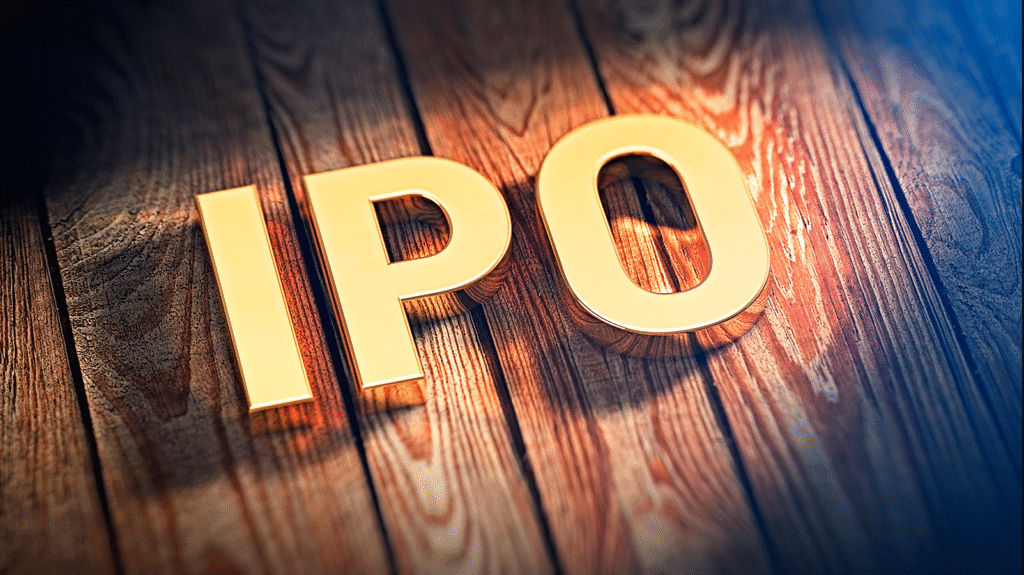
What is an IPO?
An Initial Public Offering (IPO) refers to the first sale of a company’s shares to the public on a stock exchange. Prior to an IPO, a company is privately held, often funded by founders, venture capitalists, or angel investors. By going public, the company opens its ownership to retail and institutional investors, enabling it to raise substantial capital in exchange for equity. Iconic examples include Facebook’s 2012 IPO, which raised 16billion , and Alibaba’s 2014 record − breaking 16 billion and Alibaba’s 2014 record−breaking 25 billion listing.
The IPO Process: A Step-by-Step Journey
The path to an IPO is rigorous, involving regulatory compliance, financial scrutiny, and strategic planning. Here’s a breakdown of the key stages:
- Preparation and Underwriting
A company begins by hiring investment banks (underwriters) to manage the IPO. These banks assess the company’s value, structure the offering, and guide regulatory requirements. Underwriters also help determine the initial share price and the number of shares to be issued. - Due Diligence and Documentation
The company must disclose financial statements, business models, risks, and management details in a registration statement (Form S-1 in the U.S.), filed with the Securities and Exchange Commission (SEC). The SEC reviews this document to ensure transparency and compliance. - Pricing and Roadshow
Before the IPO launch, underwriters and company executives embark on a “roadshow” to pitch the stock to institutional investors. Feedback from these meetings helps set the final offer price, balancing demand and valuation.
- Going Public
On the IPO day, shares are listed on a stock exchange (e.g., NYSE or NASDAQ). The opening price is influenced by market sentiment, often deviating from the initial offer price due to supply and demand dynamics. - Post-IPO Stabilization
Underwriters may intervene to stabilize stock prices in the initial trading days. Additionally, lock-up periods (typically 90–180 days) prevent insiders from selling shares immediately, avoiding sudden price drops.
Why Do Companies Go Public?
- Capital Infusion
The primary motive is raising funds for growth initiatives like R&D, acquisitions, or debt repayment. For instance, Uber’s 2019 IPO aimed to finance global expansion and technological advancements. - Enhanced Visibility and Credibility
Public listing boosts brand recognition and attracts media attention. It also signals maturity and stability, fostering trust among customers and partners. - Liquidity for Stakeholders
Early investors and employees gain an exit route to monetize their shares. For example, Spotify’s 2018 direct listing allowed employees to sell shares without a traditional IPO lock-up. - Currency for Acquisitions
Publicly traded stock can be used as currency for mergers, enabling companies to acquire competitors or complementary businesses.
Opportunities
- Early Access to Growth: Successful IPOs (e.g., Amazon, Google) have generated exponential returns for early investors.
- Diversification: Adding IPO stocks to a portfolio can enhance diversification, especially in emerging sectors like tech or renewable energy.
Risks
- Volatility: IPO stocks often experience sharp price swings due to speculative trading. Snap Inc.’s shares, for instance, plummeted after its 2017 IPO amid concerns about user growth.
- Overvaluation: Companies may be priced optimistically during hype cycles. The 2000 dot-com bubble saw many overvalued tech startups crash post-IPO.
- Limited Historical Data: Unlike established firms, newly public companies may lack a track record, making risk assessment challenging.
The Evolving IPO Landscape
Recent years have witnessed innovation in the IPO process:
- SPACs (Special Purpose Acquisition Companies)
SPACs, or “blank-check companies,” have emerged as an alternative route. A SPAC raises capital through an IPO to acquire a private firm, enabling it to go public faster. While SPACs surged in 2020–2021 (e.g., Lucid Motors), regulatory scrutiny over disclosures has since tempered enthusiasm. - Direct Listings
Companies like Spotify and Coinbase bypassed underwriters by listing directly on exchanges. This method reduces fees but lacks the price stabilization mechanisms of traditional IPOs. - Stay-Private Longer
With abundant private capital available, firms like SpaceX delay IPOs, opting to grow without public market pressures.
Challenges and Criticisms
Despite their advantages, IPOs face criticism:
- Short-Term Pressure: Public companies often prioritize quarterly earnings over long-term innovation.
- High Costs: Underwriting fees, legal expenses, and compliance can consume 5–7% of capital raised.
- Information Asymmetry: Institutional investors may receive preferential access to shares, disadvantaging retail participants.
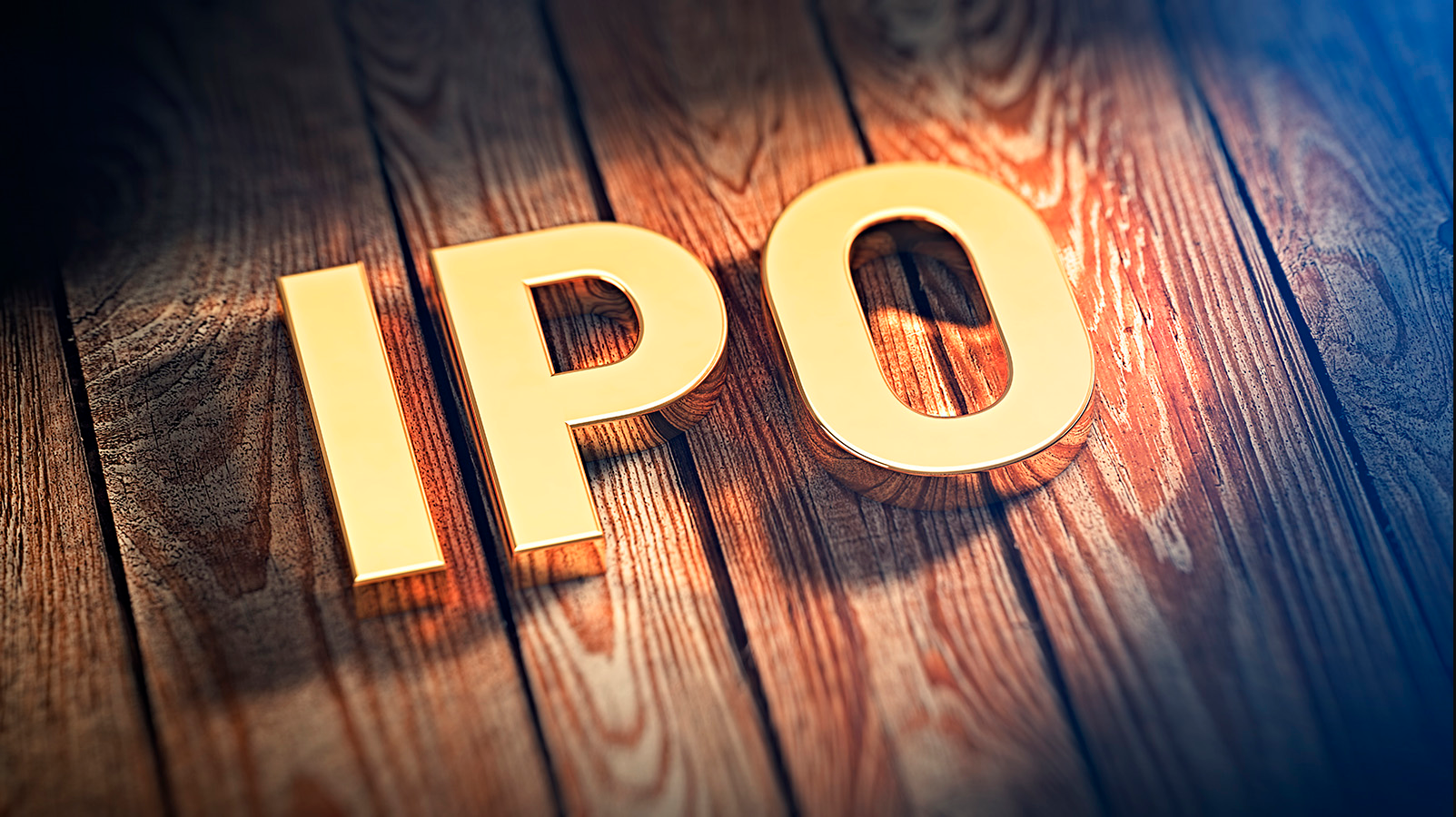

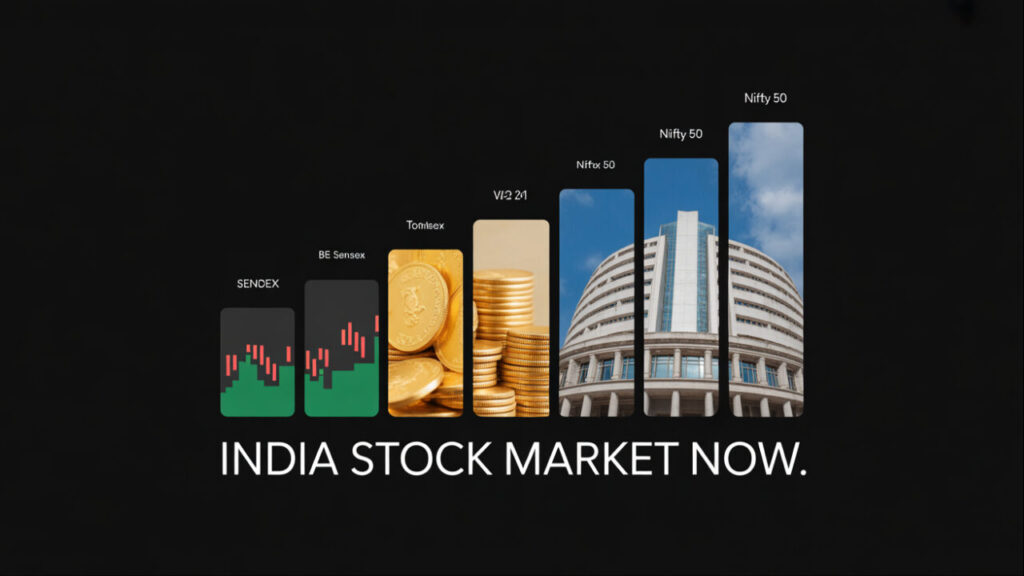
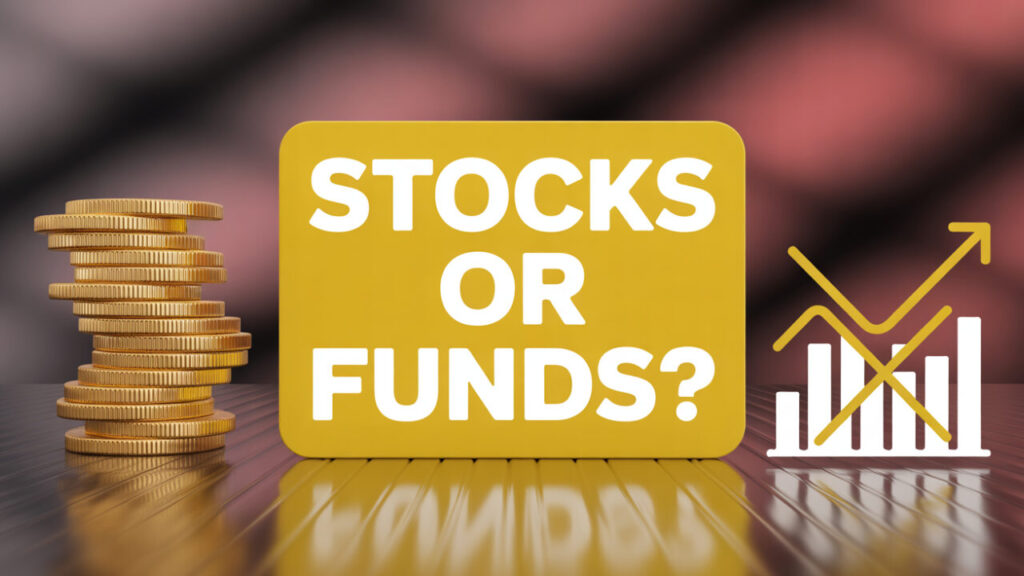





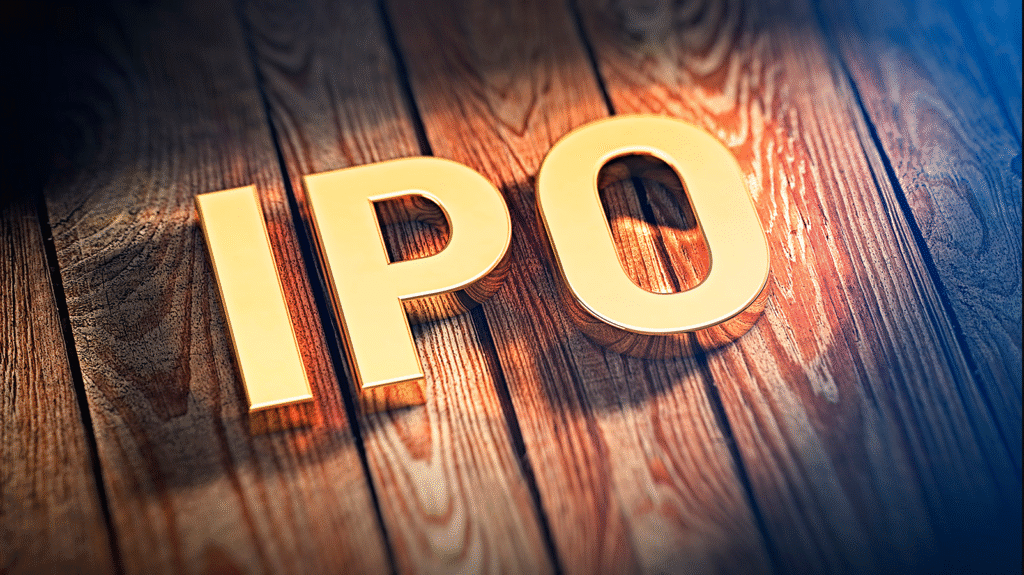
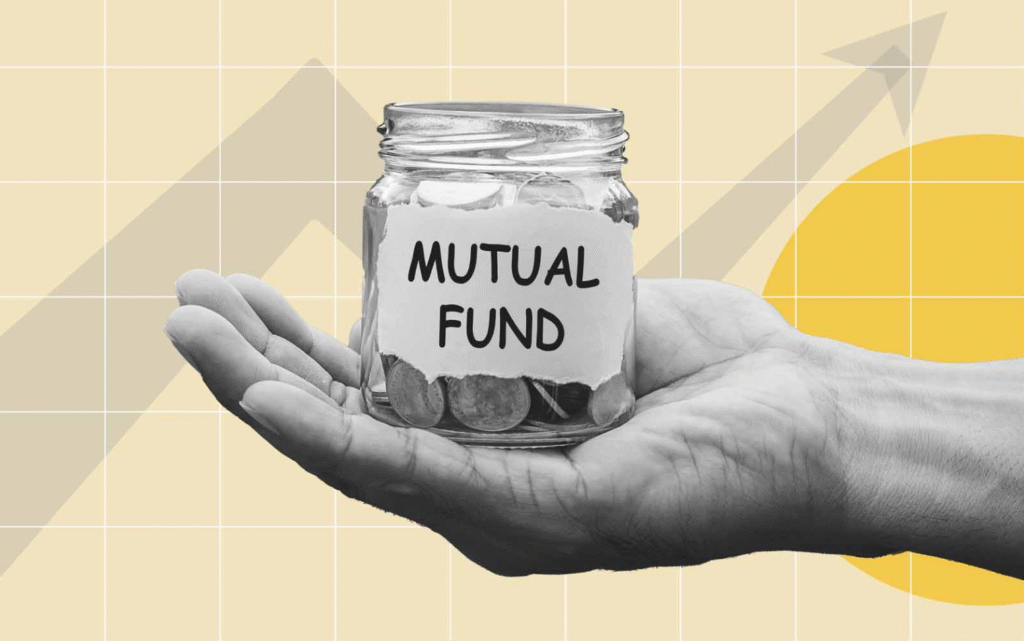




Leave a Reply